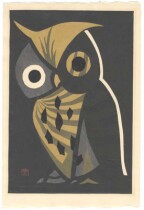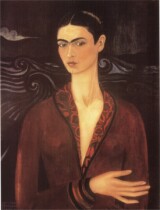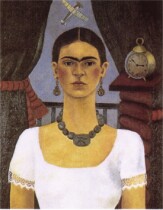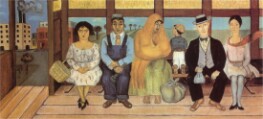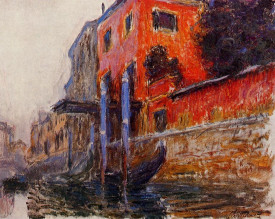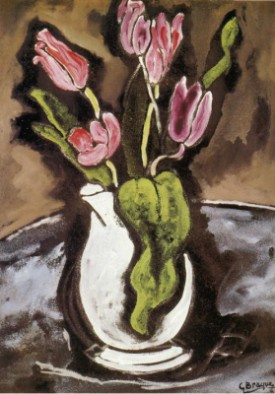My Grandparents, My Parents, and I (Family Tree)
This dream-like family tree was painted on zinc rather than canvas, a choice that further highlights the artist's fascination with and collection of 18th-century and 19th-century Mexican retablos (devotional folk paintings using iconography derived from traditional Catholic church art). Kahlo completed this work to accentuate both her European Jewish heritage and her Mexican background. Her paternal side, German Jewish, occupies the right side of the composition symbolized by the sea (acknowledging her father's voyage to get to Mexico), while her maternal side of Mexican descent is represented on the left by a map faintly outlining the topography of Mexico.
While Kahlo's paintings are assertively autobiographical, she often used them to communicate transgressive or political messages: this painting was completed shortly after Adolf Hitler passed the Nuremberg laws banning interracial marriage. Here, Kahlo simultaneously affirms her mixed heritage to confront Nazi ideology, using a format - the genealogical chart - employed by the Nazi party to determine racial purity. Beyond politics, the red ribbon used to link the family members echoes the umbilical cord that connects baby Kahlo to her mother - a motif that recurs throughout Kahlo's oeuvre.

